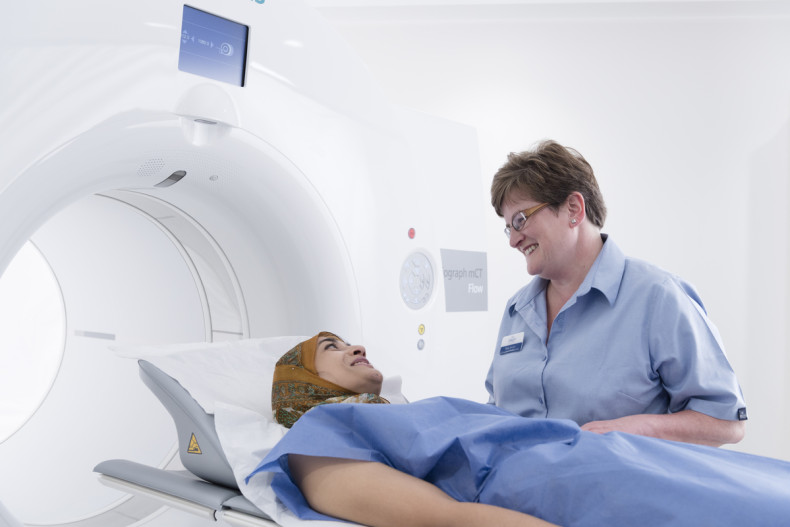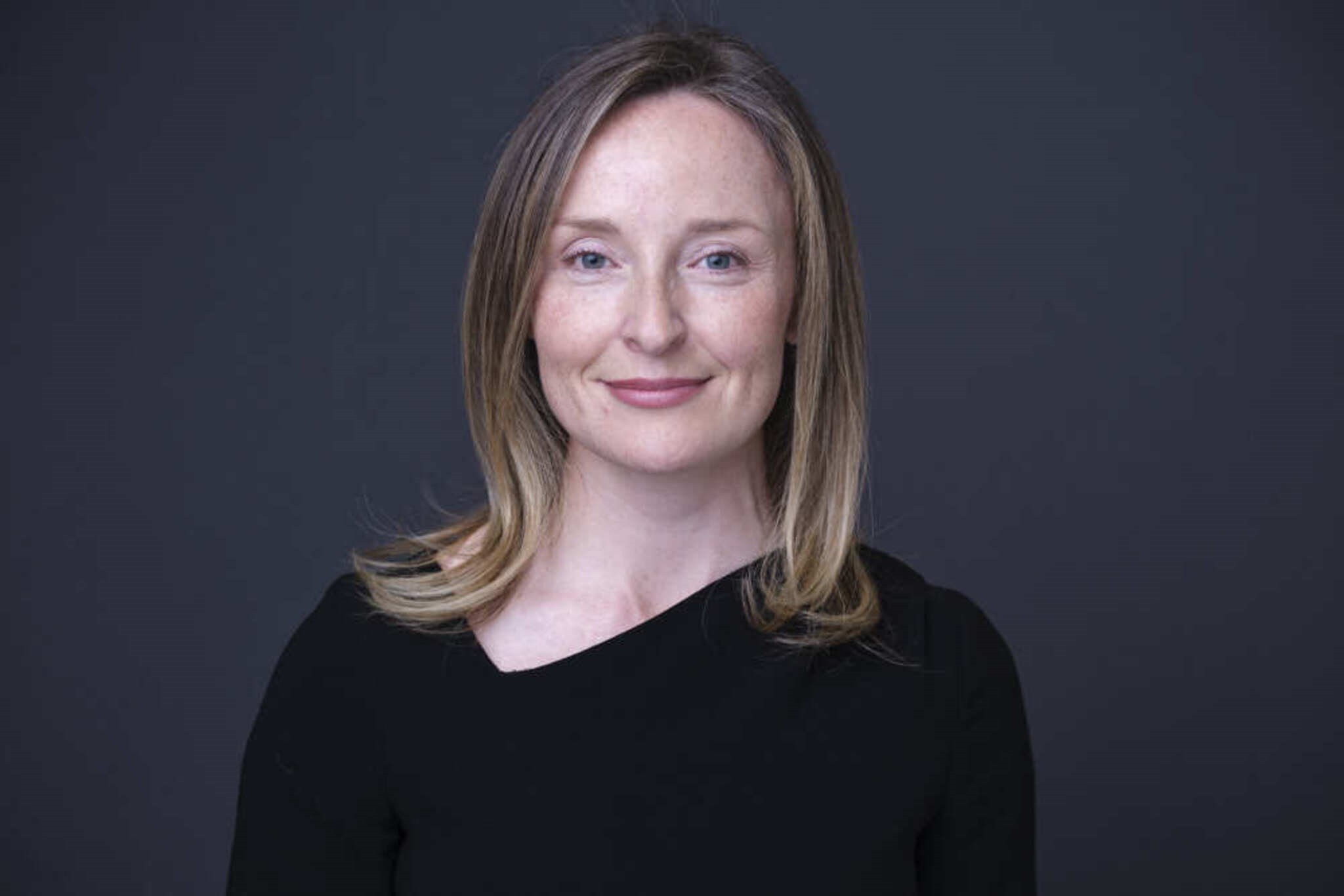Our consultants have streamlined a lung cancer ablation procedure, which allows small cancers to be treated without the need for surgery. Our CT-guided percutaneous technique uses thermal therapies to enhance recovery and minimise loss of normal lung tissue.
Lung cancer accounts for 21% of cancer deaths in the UK. While cigarette smoking is the main attributable factor for lung cancer, cancer can often metastasise to the lung from other organs. Around 4% of cancers present with synchronous lung metastasis.
The established treatments for lung cancer include surgery, chemotherapy and radiotherapy. However, our minimally invasive “ablation” procedures offer an alternative to surgery, thereby reducing patient recovery times.
Alternative treatment for lung cancer
Our percutaneous thermal ablation is guided by a CT scanner. Suitable for small primary lung tumours and metastases, the procedure involves a thin probe being inserted through the skin and into the lung tumour to deliver microwave energy (heat) or cryoablation (freezing).
Microwave treatment is most suitable when a tumour is surrounded by lung tissue or if there is more than one tumour. Cryoablation is commonly reserved for tumours near the pleura, as it minimises pain and reduces risk of disrupting vital structures and causing air leaks.
Dr Carole Ridge, our consultant cardiothoracic and interventional radiologist at Royal Brompton Hospital and lead for the service, explains: “Whether cryotherapy or microwave, we tailor the procedure to the patient’s needs for maximum efficacy and minimal morbidity”.
Local anaesthesia for an enhanced recovery
Our lung tumour ablation procedure, which takes around two hours, can be performed under general anaesthetic. The treatment requires a one or two-night hospital stay, and patients are usually back to normal activities after a week, with mild postoperative pain.
However, not all patients are able to tolerate or may wish to avoid general anaesthetic, so we have introduced our “awake ablation” service for select patients, which relies on local as opposed to general anaesthetic. This is particularly suited to patients with single lesions that are not located near the pleural lining of the lung.
“By using local anaesthetic only, we have decreased waiting times for cancer care from 28 days to 7 days, and have shortened procedure and recovery times for selected patients”, states Dr Ridge.
Who is our service for?
Our ablation treatment is suitable for patients who ideally have single or only a few tumours in each lung. Multiple tumours in one or more organs suggests more extensive disease, which is not suited to this treatment.
“We often see two types of patients. 30% of our tumour ablation patients are lung cancer patients with small cancers. Sometimes these patients are too unwell for surgery, or prefer a non-surgical approach, so we can offer them ablation”, explains Dr Ridge.
However, the majority of our patients have oligometastatic lung disease from another organ. “In these cases, we can heat small tumours with microwave technology – and that’s attractive to patients because there is usually a shorter recovery time compared to surgery”, adds Dr Ridge.
Gold-standard multi-disciplinary approach
Our lung tumour ablation service is the winner of the 2022 Laing Buisson Award for ‘Healthcare Outcomes’. Using advanced imaging, tumour ablation technologies and care pathways, our multi-disciplinary approach offers complete care for your patient’s peace of mind. In the unlikely event of complications, we have the necessary surgical and medical expertise under one roof.
Post-operative care and recurrence
We collaborate closely with cancer hospitals and charities. For example, we have combined our expertise across Royal Brompton Hospital and Royal Marsden Hospital to form a new Joint Thoracic Service, to enhance our multidisciplinary team and provide the best outcomes for complex cases.
Patients with metastatic cancer are usually under follow-up with their local oncologist. “After the procedure, follow-up scans are typically performed at three, six and 12 months after the procedure, and annually thereafter, akin to post-operative or radiotherapy follow-up”, explains Dr Ridge.
Speaking on recurrence rates, “Success depends on the size of the tumour”, says Dr Ridge. For local recurrence in tumours smaller than two centimetres, the recurrence rate is 10% at one year. For tumours between two and three centimetres, the local recurrence rate is 25%.
If the patient develops tumours elsewhere in the lung and meets eligibility criteria, the treatment can be repeated. “It differs from radiation, in that we can treat the same area of the lung twice”, says Dr Ridge.
When to refer to us
Our ablation therapy is suited to patients who have small cancers of the lung or metastatic cancer, which has spread to the lung. Ideally, our procedure is suitable for patients who have one or only a few tumours per lung.
Related content
-
Lung cancer
Lung cancer is a condition caused when the cells that make up the tissue of the lungs become abnormal and grow into a tumour.
-
Lung cancer risk assessment
Our world-leading specialists can assess your risk of developing lung cancer during a consultation.
-
Tumour ablation for lung cancer
Tumour ablation is a procedure that uses heat or cold treatment to kill a tumour inside the lungs. Find out more about this procedure.


